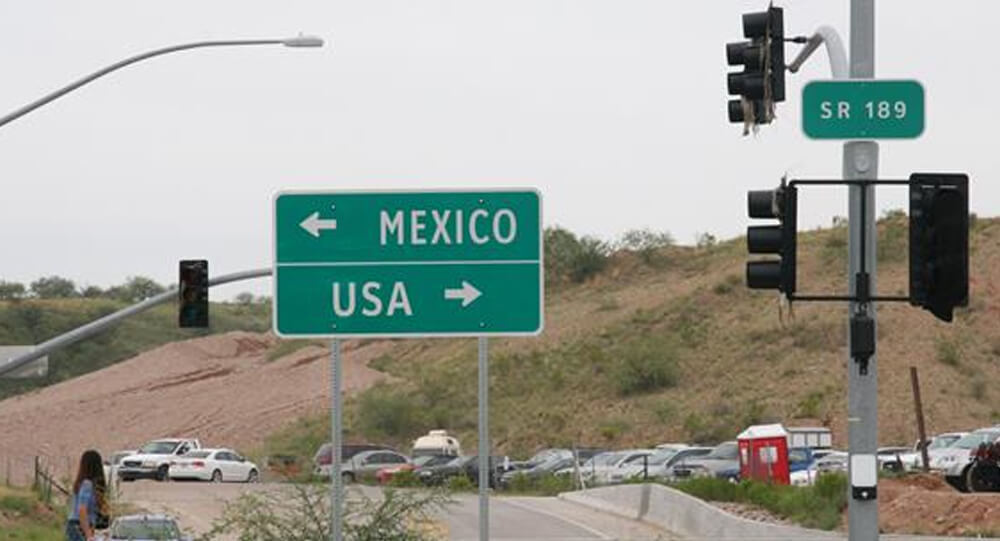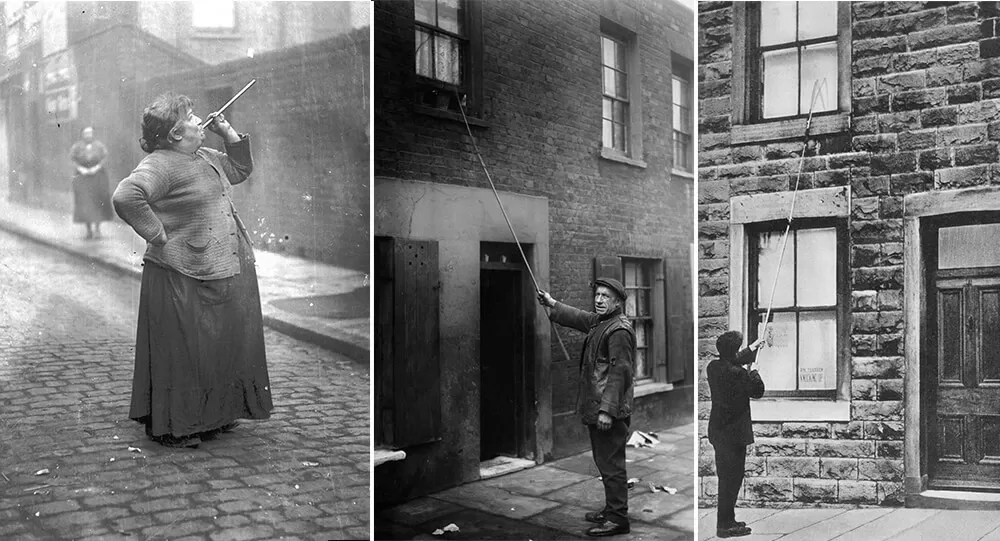The antebellum South’s enslaved population had a route to liberation thanks to the Underground Railroad. Many of slaves, however, managed to escape by traveling to Mexico in the south.
During a journey to northern Mexico, historian Alice Baumgartner, an assistant professor at USC Dornsife College of Letters, Arts, and Science, came upon this piece of American history.
She was a PhD student at Oxford University at the time, working on a thesis about border violence in the late 1800s. Throughout her study, she came across several intriguing letters and legal documents. They talked about American slave owners going to Mexico to capture escaped slaves.
During an eight-year odyssey that began with a chance discovery, Baumgartner wrote her first book, South to Freedom: Runaway Slaves to Mexico and the Road to the Civil War.
In addition to historical repositories on both sides of the US-Mexico border, Baumgartner discovered documentation from 1819 in Mexico City. Transcripts of interviews municipal officials conducted with former slaves who had been the targets of attempted kidnappings by their former owners were among them.
“That was really a gold mine,” Baumgartner said of the records.
She also found correspondence between officials in northern Mexican towns who claimed to have seen Americans claiming to be looking for cattle that had gone missing. Authorities believed they were actually seeking for runaway slaves.
Slavery was outlawed in Mexico in 1837, several years before its northern neighbor. As soon as they set foot on Mexican land, enslaved persons had access to freedom under the laws of the country. In accordance with the US’s Fugitive Slave Act, Mexico authorities similarly refused to send runaways back.
Mexicans ended slavery long before Americans did: Many viewpoints
According to Baumgartner, the work is an example of a trend among American historians. a Civil War. In hopes of understanding the borderlands better, they are currently exploring for sources outside of the United States.
It may take a bit more effort to locate non-American materials, such as going to Mexico and studying Spanish, but doing so exposes historians to various viewpoints and tales.
If she had remained in Canada, she thinks she would never have discovered this tale.
The Texas state archives certainly mention slaves fleeing to Mexico, but they frequently add that conditions there were so terrible that the people returned to Texas, according to Baumgartner.
Baumgartner discovered a more complicated history by looking at sources from both nations.
The situation in Mexico was not so severe that slaves sought for new bonds. It wasn’t quite a utopia, though. In that country, enslaved people experienced racism, discrimination, and indentured servitude.
Mexicans welcomed them as neighbors, coworkers, and even family through marriage, giving them allies at the same time.
According to her, “We frequently think about mass migration into the United States, first from Mexico and now from Central America, as solely moving in one direction and the United States being this beacon for people to come to.” “I believe it is crucial to remember that, for certain people, it was the opposite in the 19th century. Mexico was the destination that offered a kind of freedom that the United States didn’t.”
Leveraging uncertainty to create teachable moments
South to Freedom originally started as a master’s thesis on a different topic, but Baumgartner recognized the issue’s potential and changed directions. It’s a good illustration of how dynamic history is.
Finding new insights into our past is a part of studying history.
No project I’ve ever worked on has gone as predicted, according to Baumgartner. This one, in my opinion, could have gone in a lot of intriguing directions.
For the student, the lecturer sees this as a learning opportunity: Don’t give up if something unexpectedly challenges your assumptions. Accept the uncertainty.







